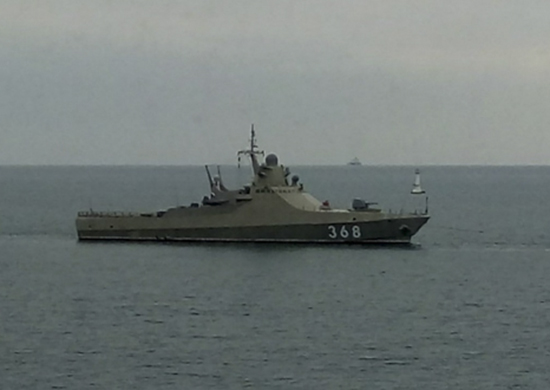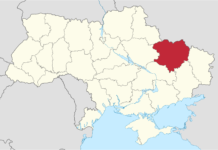The Black Sea has become a critical battleground in the ongoing conflict between Ukraine and Russia, as evidenced by the latest in a series of maritime skirmishes. Ukrainian forces have successfully employed sea drones to deliver a series of strategic blows to the Russian Black Sea fleet, further intensifying the maritime tension that has been a cornerstone of the conflict now into its third year.
Earlier today, Ukrainian sea drones orchestrated a decisive assault, reportedly resulting in the sinking of another Russian warship. This event marks the continuation of a targeted campaign that has systematically eroded the operational capabilities of Moscow’s naval force, affecting its influence over the Black Sea region.
The significance of these assaults extends beyond their immediate tactical successes; they serve as a morale booster for Ukrainian forces. Amidst ongoing clashes along a vast front line, these victories are a testament to Ukraine’s resilience and tactical innovation. More than that, they have begun to recalibrate the maritime balance of power, easing constraints on Ukraine’s vital grain exports and broader maritime commerce.
This particular strike involved the Sergei Kotov, a Russian patrol ship near the Kerch Strait. The Ukrainian military intelligence agency claimed the attack resulted in casualties and damage to the vessel. Although official confirmation from the Russian side was absent, independent Russian military bloggers corroborated the loss, and the Ukrainian agency reported the rescue of the ship’s crew.
Ukraine’s strategic application of domestically produced Magura drones has been instrumental in these maritime encounters. The recent sinking of the Caesar Kunikov and Ivanovets is believed to be part of the drones’ success. These agile unmanned vessels have become synonymous with Ukraine’s naval strategy, combining advanced navigation systems, a minimal radar signature, and significant operational range, making them a difficult target for countermeasures.
The Kyiv’s military prowess is not limited to unmanned surface vessels. The use of cruise missiles, some supplied by the UK and France, has allowed precision strikes on strategic assets in Crimea, further amplifying the pressure on Russian military resources. These weapons, launched from aging yet still effective Soviet-era aircraft, have an extensive reach, allowing Ukraine to strike deep within occupied territories.
The combination of drone and missile attacks has been a game-changer. It has not only diminished the operational scope of the Russian fleet but also put a dent in Moscow’s maritime posture, reportedly neutralizing approximately 20% of Russia’s Black Sea fleet. These strikes have curtailed the fleet’s offensive capabilities, providing Ukraine with an opportunity to push back against the maritime blockade and secure its economic lifelines.
While the Russian military’s response to these setbacks has been restrained in the public domain, internal criticisms within the Russian military blogosphere point to discontent and frustration with the navy’s handling of Ukrainian threats. In response, the Russian navy has had to adapt, relocating vessels to minimize risk and preserve their remaining naval assets.
Despite these adjustments, the Black Sea fleet continues to pose a formidable threat, capable of supporting Russian operations in the region with missile strikes and air support. Nonetheless, the reported dismissal of Adm. Viktor Sokolov, head of the Black Sea fleet, following these events suggests a recognition of the need for significant strategic changes within the Russian naval command.
As the war lingers on, Ukraine’s innovative maritime strategy has not only proven disruptive but has also showcased the potential for a smaller force to leverage technology and tactical acumen to challenge a superior adversary. These developments underscore a dynamic of the conflict that may have long-term implications for regional maritime security and the broader strategic landscape of the Black Sea.
Image is licensed under the Creative Commons Attribution-Share Alike 4.0 International license and was created by Пресс-служба Южного военного округа.










